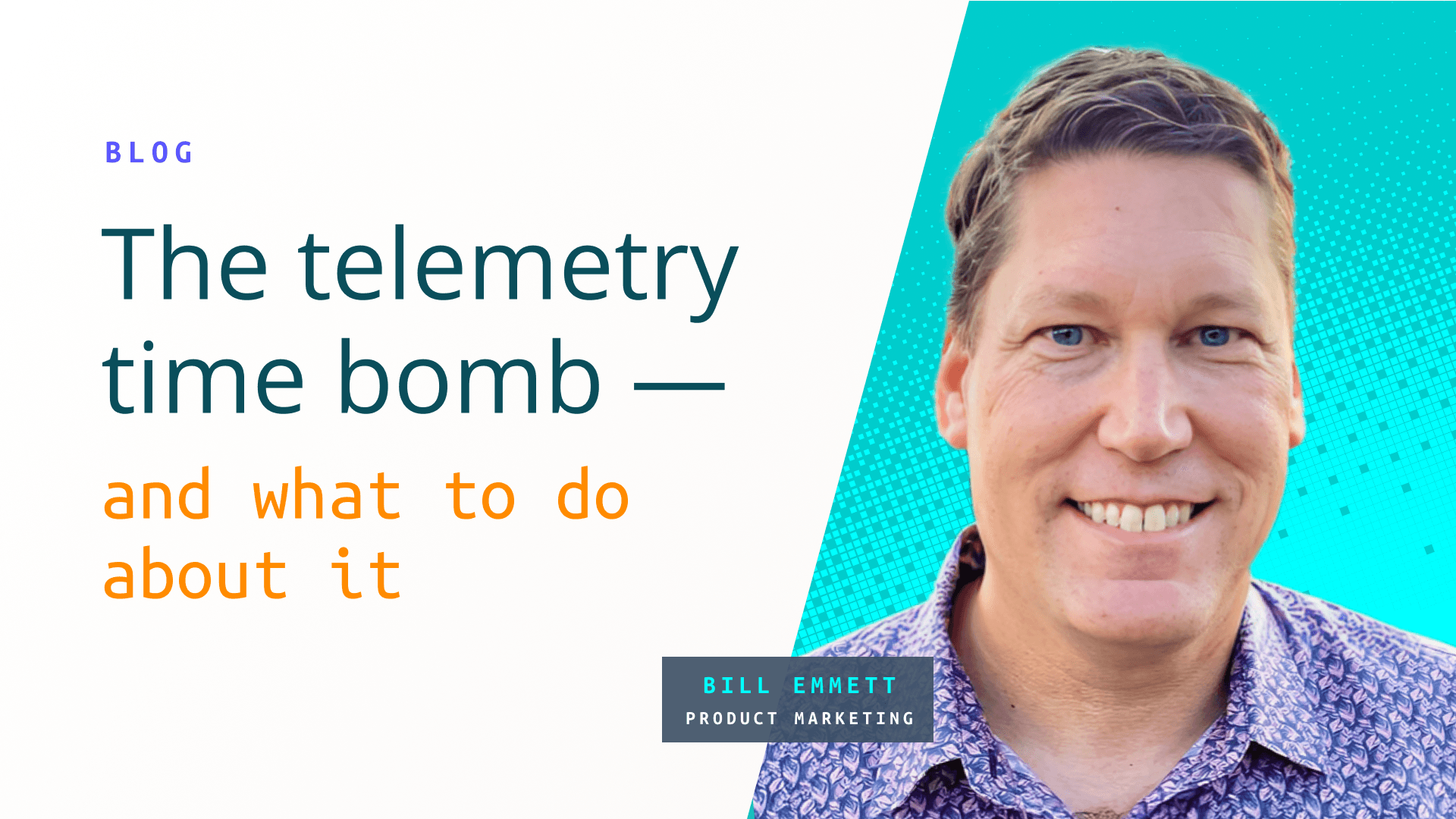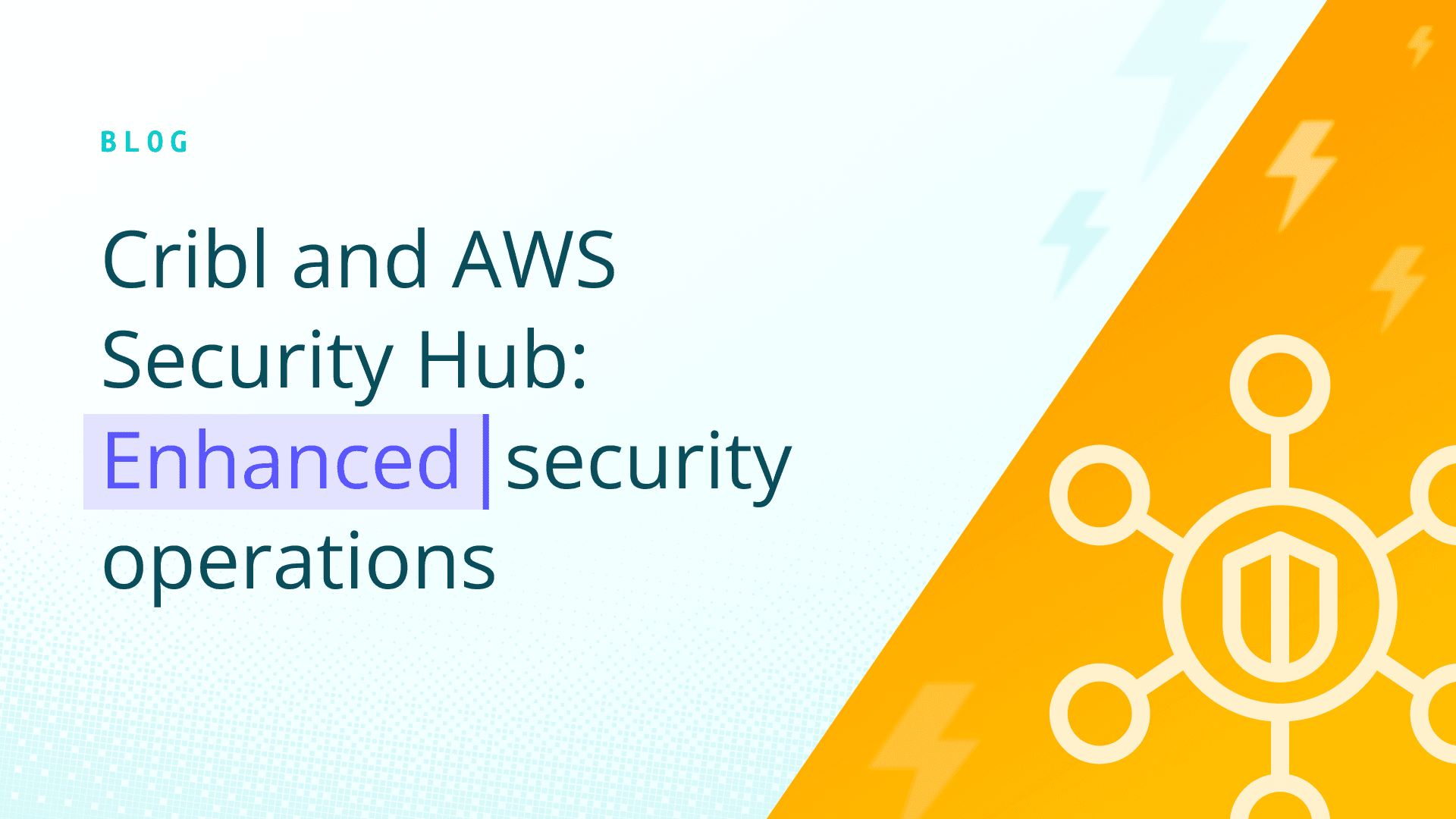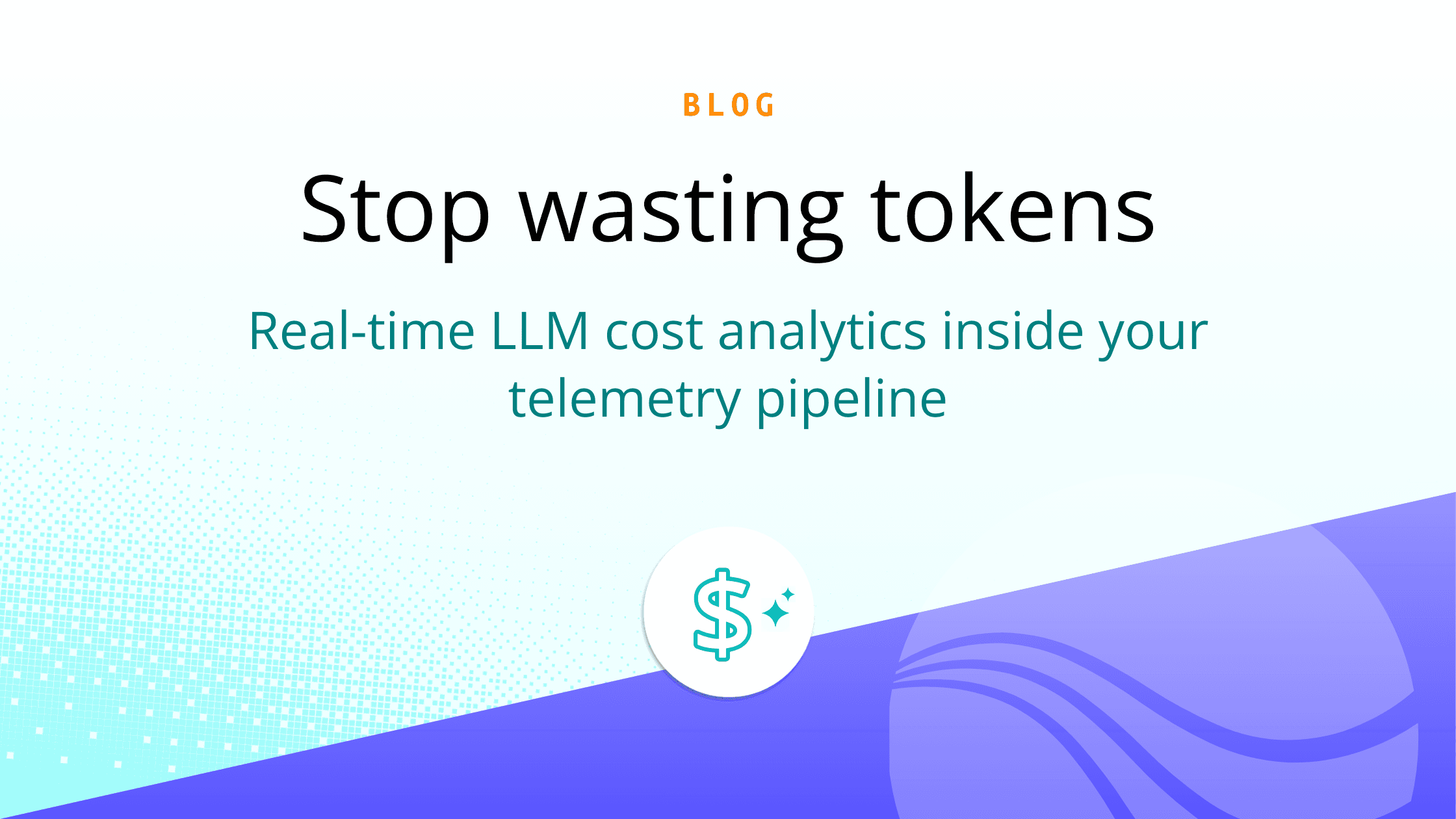Telemetry data is growing at an average of 29% a year — doubling costs every 18 months. That’s putting pressure on ITOps budgets, observability platforms, SecOps teams, and SIEM deployments alike. In this post, we’ll explore how unchecked data volumes, siloed tools, and aging architectures are creating a telemetry cost crunch that limits visibility, slows both troubleshooting and threat detection, and impacts business outcomes. You’ll also see how Cribl helps your teams regain control — optimizing for both system uptime and security posture.
The price of progress
As organizations grow more reliant on digital services, the amount of machine data generated from infrastructure, applications, and security tooling has exploded. Telemetry is the fuel in everything from availability and performance monitoring to security analytics and threat hunting — but it’s also now a runaway cost center.
With data volumes increasing at nearly 30% annually, many teams — whether in ITOps or SecOps — find themselves locked in a cycle of expanding storage, scaling ingest pipelines, and paying more in licensing fees just to keep pace with the growth.
Unseen impacts on security and operations
The consequences of rising telemetry costs go well beyond your monthly bills. When budgets are strained, both your ITOps and SecOps teams must often make tradeoffs such as:
Reducing log retention, limiting the ability to investigate historical outages or breaches.
Filtering out useful data, which can slow root-cause analysis or cause missed detections.
Delaying tool adoption, hampering modernization and automation efforts.
Overburdenting teams with excess administrative effort, which crowds out opportunities to improve IT Operations and Security processes while making life on-call a terrible experience.
Siloed toolsets and fragmented pipelines add another layer of inefficiency. For ITOps, this means more incidents and higher MTTR. For SecOps, it means delayed threat detection, gaps in compliance coverage, and longer incident response times. Both scenarios undermine core standards.
Legacy architectures can’t keep up
Many observability and security tools were never designed for today’s scale. Relying on outdated, rigid architectures or vendor-locked tooling leads to brittle systems that are ineffective, expensive, and even more difficult to replace. .
In ITOps, engineers can miss data that is critical to resolving incidents. In SecOps, analysts can bog down in manual data parsing instead of actively hunting threats. Either way, teams spend more time managing data than acting on it.
Cribl: putting you back in control
Cribl helps you break this cycle for both operational and security telemetry.
Cribl Stream: Filter, sample, redact, enrich, and route telemetry data before it hits your high-cost destinations — cutting volumes by 50% or more without losing critical visibility.
Cribl Lake: Store “just-in-case” data in low-cost object storage, while keeping it instantly searchable.
Cribl Search: Find compliance lookbacks, threat investigations, and deep-dive root-cause analysis.
By rightsizing data for each tool, you stretch both your SIEM and observability budgets without sacrificing insight.
Smarter pipelines, greater efficiency
With Cribl, your telemetry becomes manageable and predictable. Your teams can send the right data to the right tools, based on how they plan to use that data. In fact, Cribl Copilot helps automate pipeline setup, reducing manual toil and accelerating time to value.
For ITOps, this means faster troubleshooting, more stable systems, and better capacity planning. For SecOps, it means more complete security coverage, faster detection, and a stronger compliance posture.
Today, instead of reacting to surprise bills and bloated logs, you and your teams can proactively shape your data strategy to fit your budget and your business goals.
Ready to regain control of your telemetry costs?
Download The telemetry time bomb white paper
Explore our Cost Control Initiative to learn how teams are reducing waste and reclaiming budget.
Read our Solution Guide for in-depth strategies, customer stories, and key Cribl capabilities.








